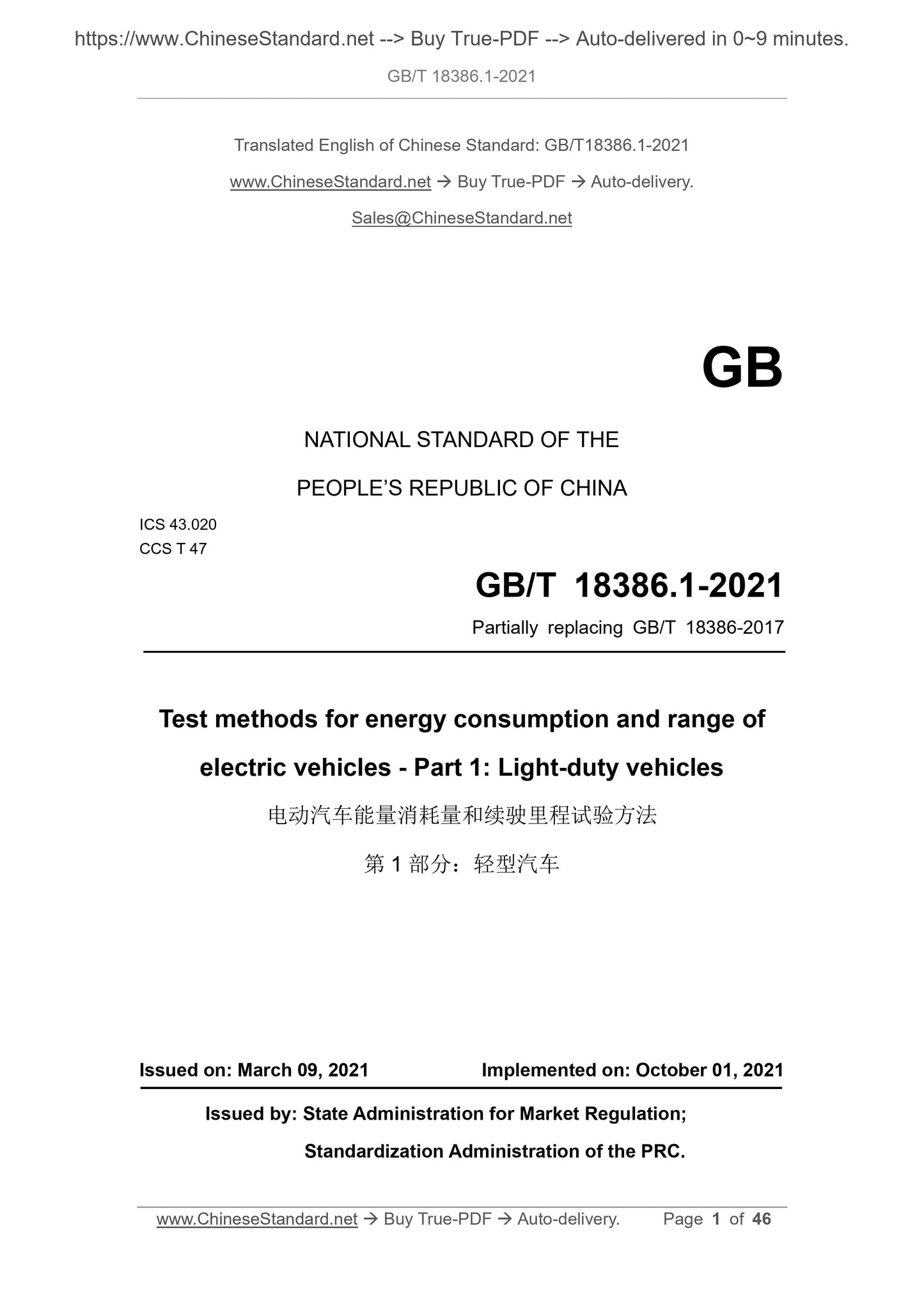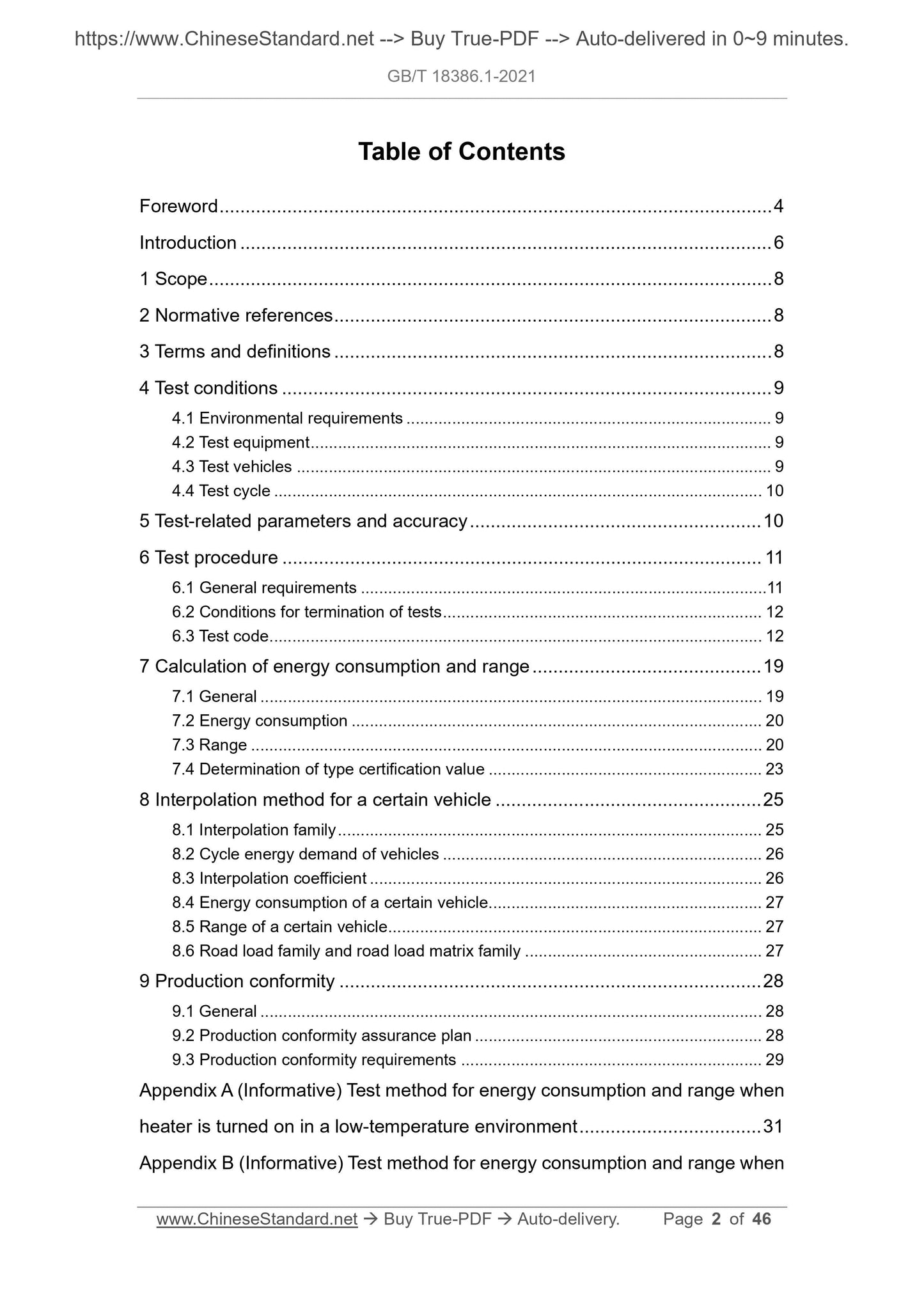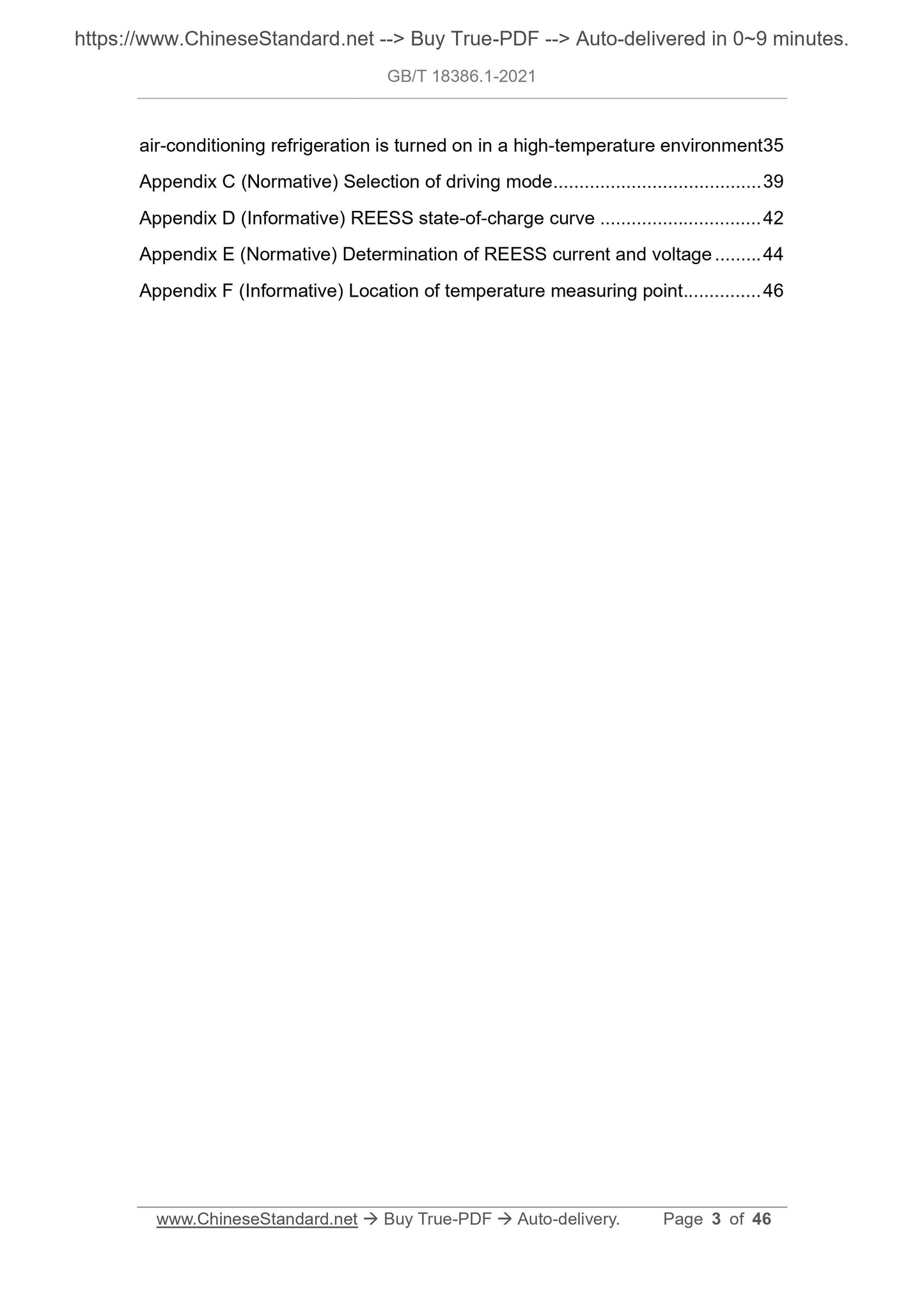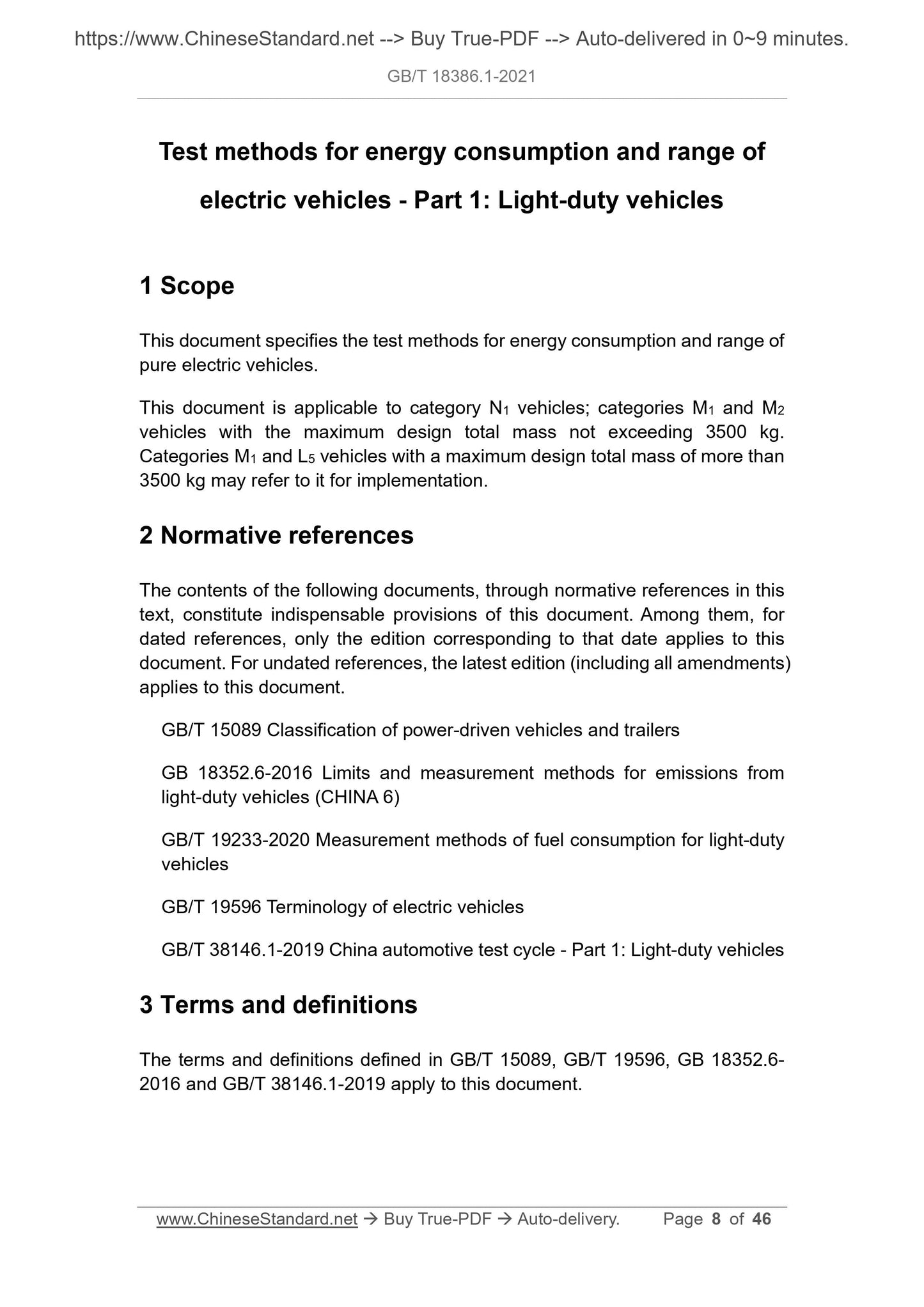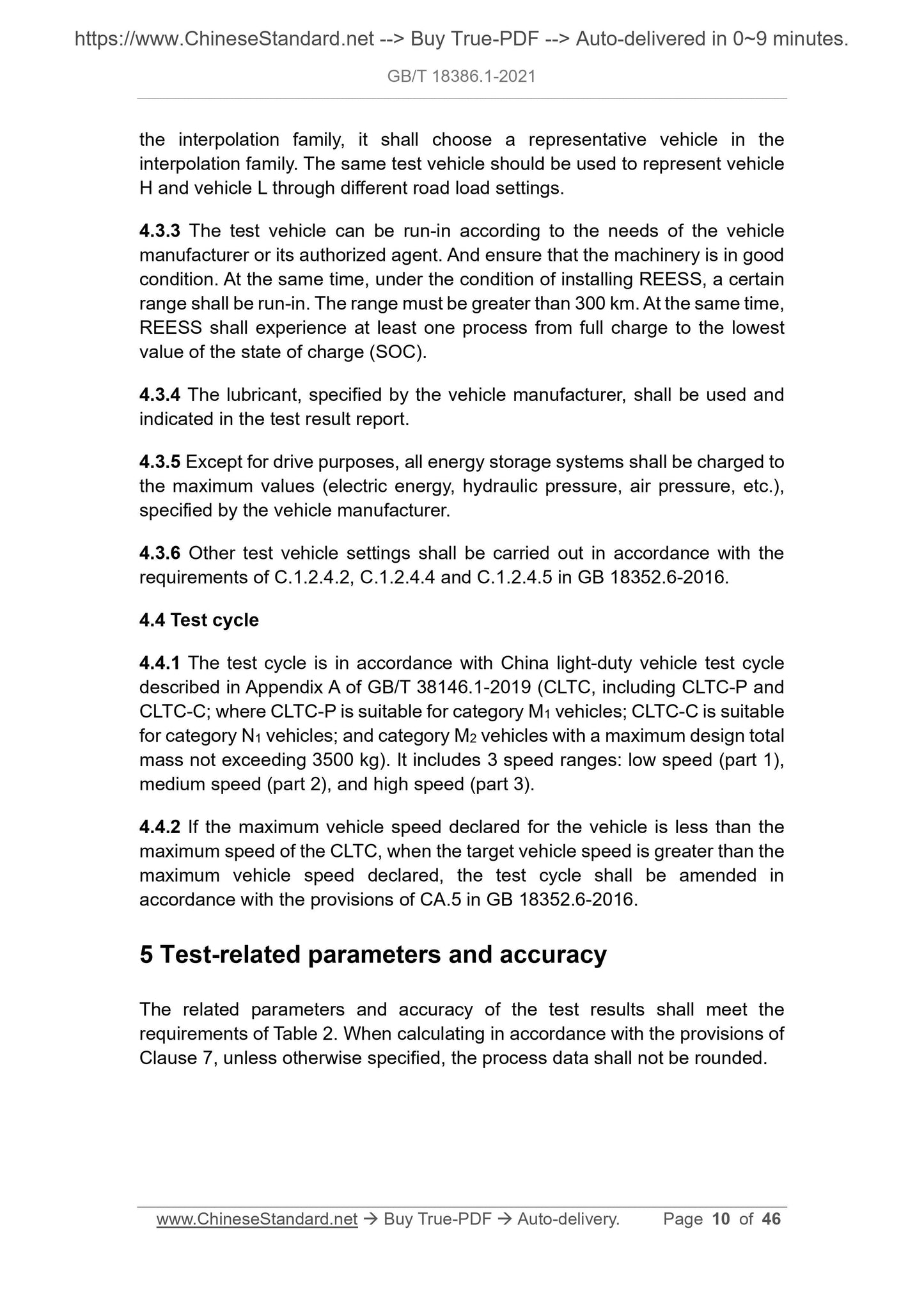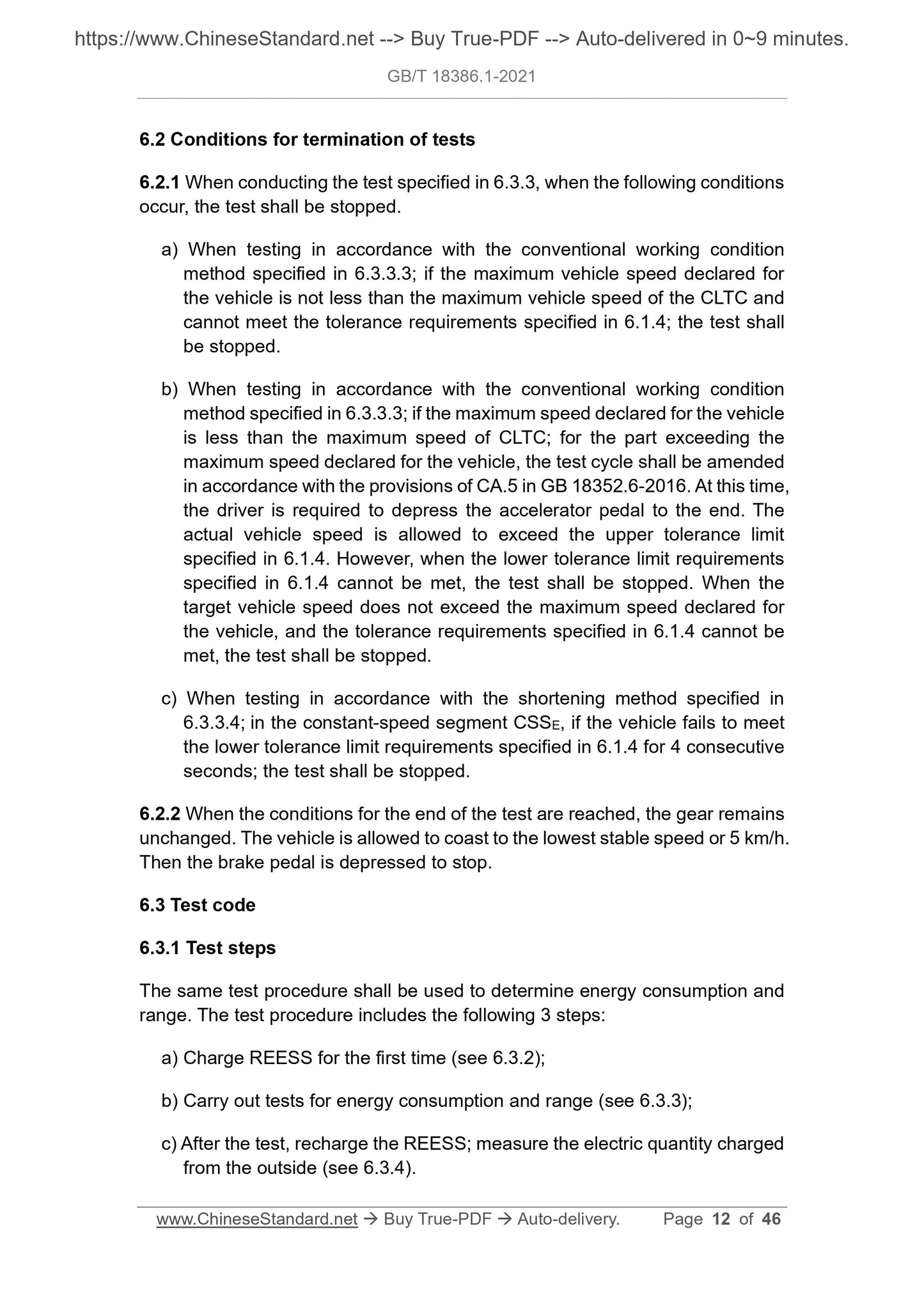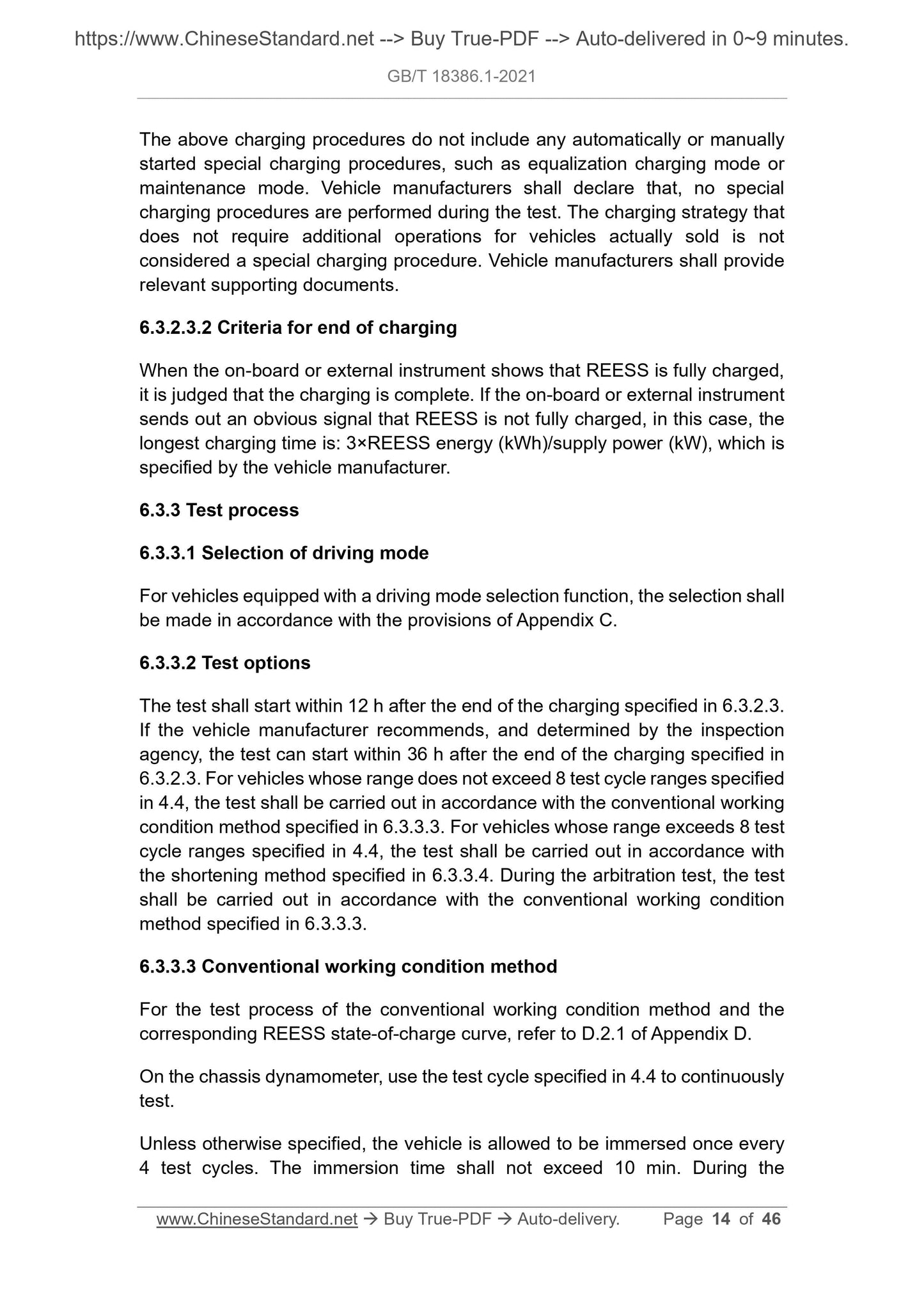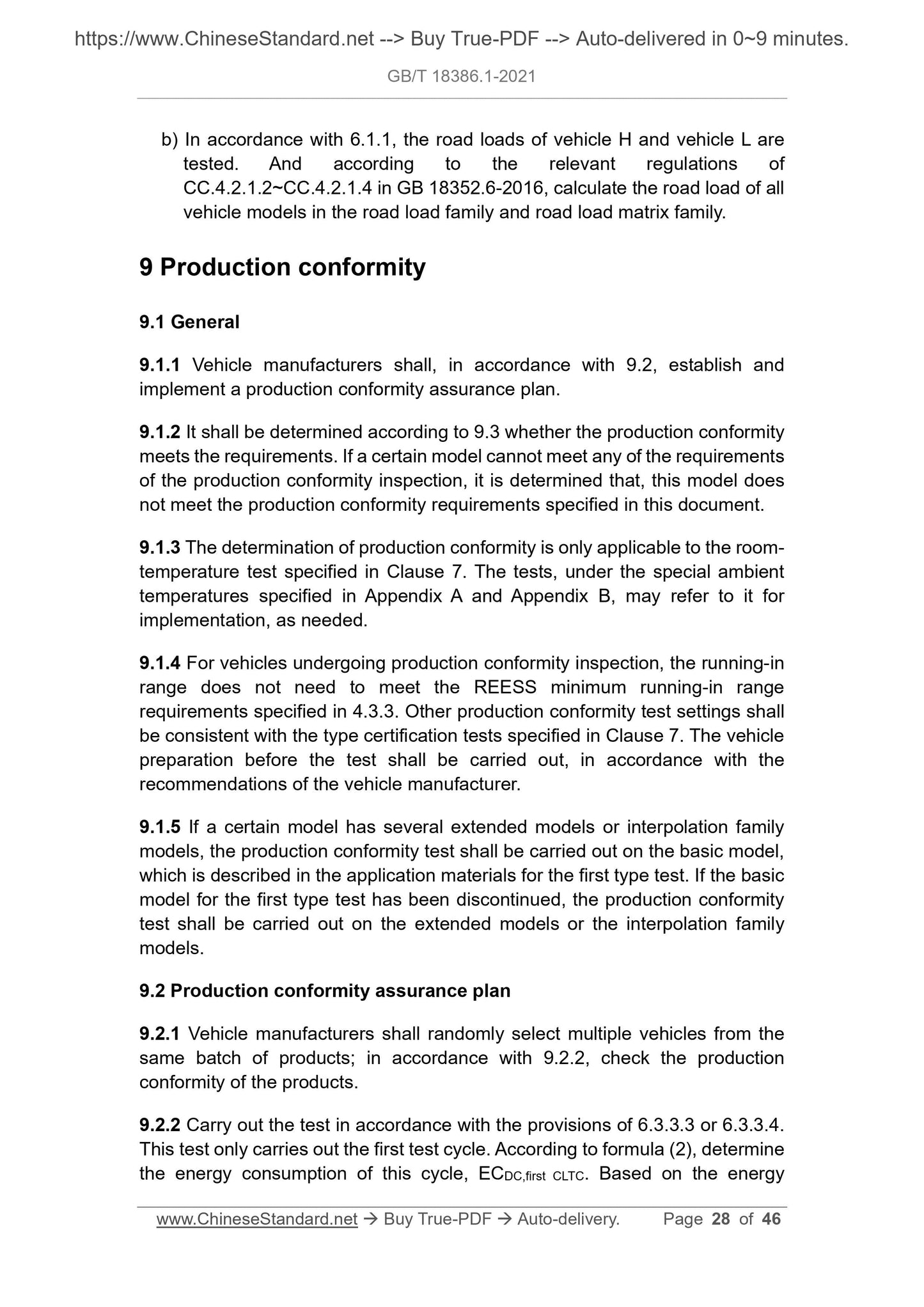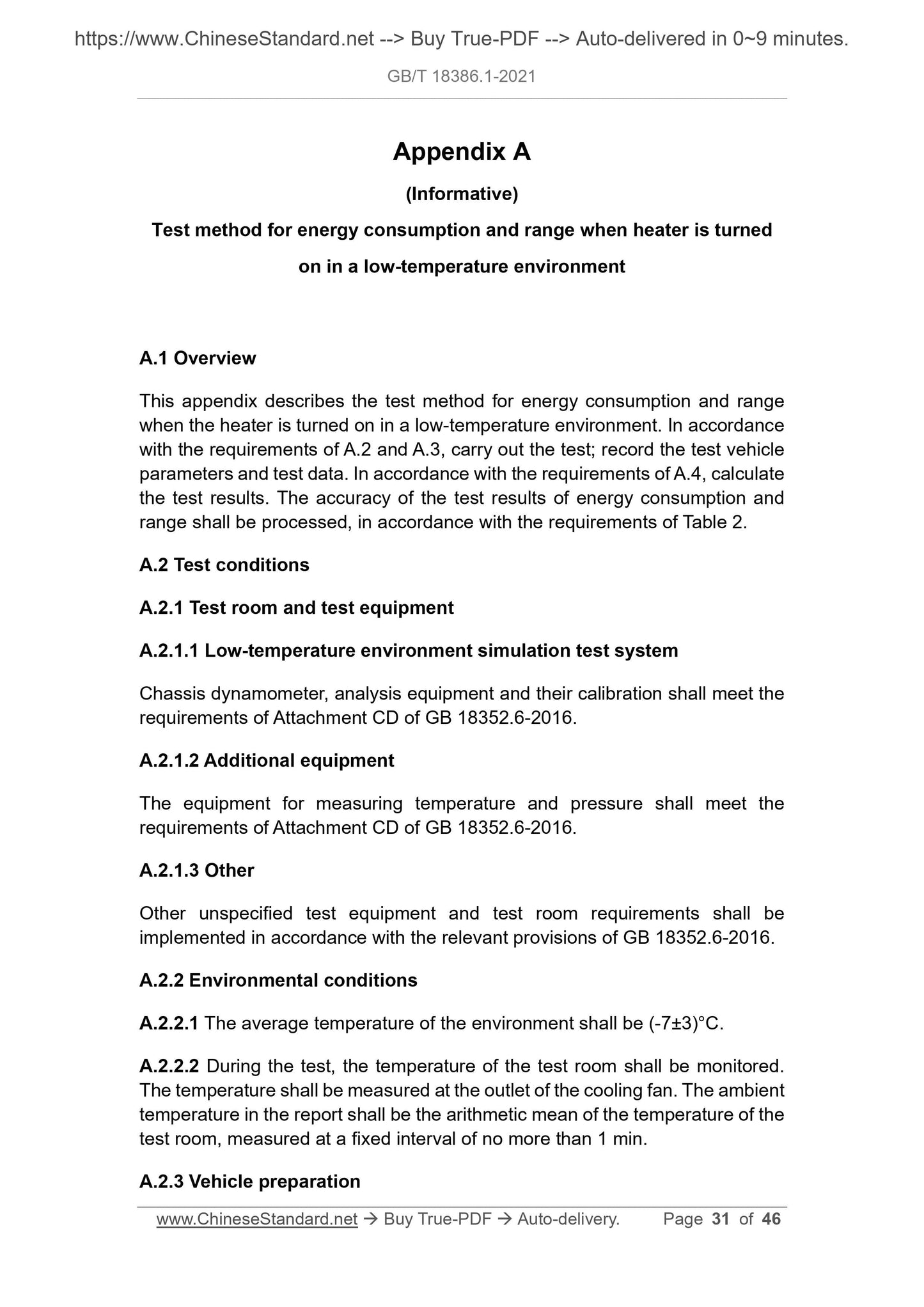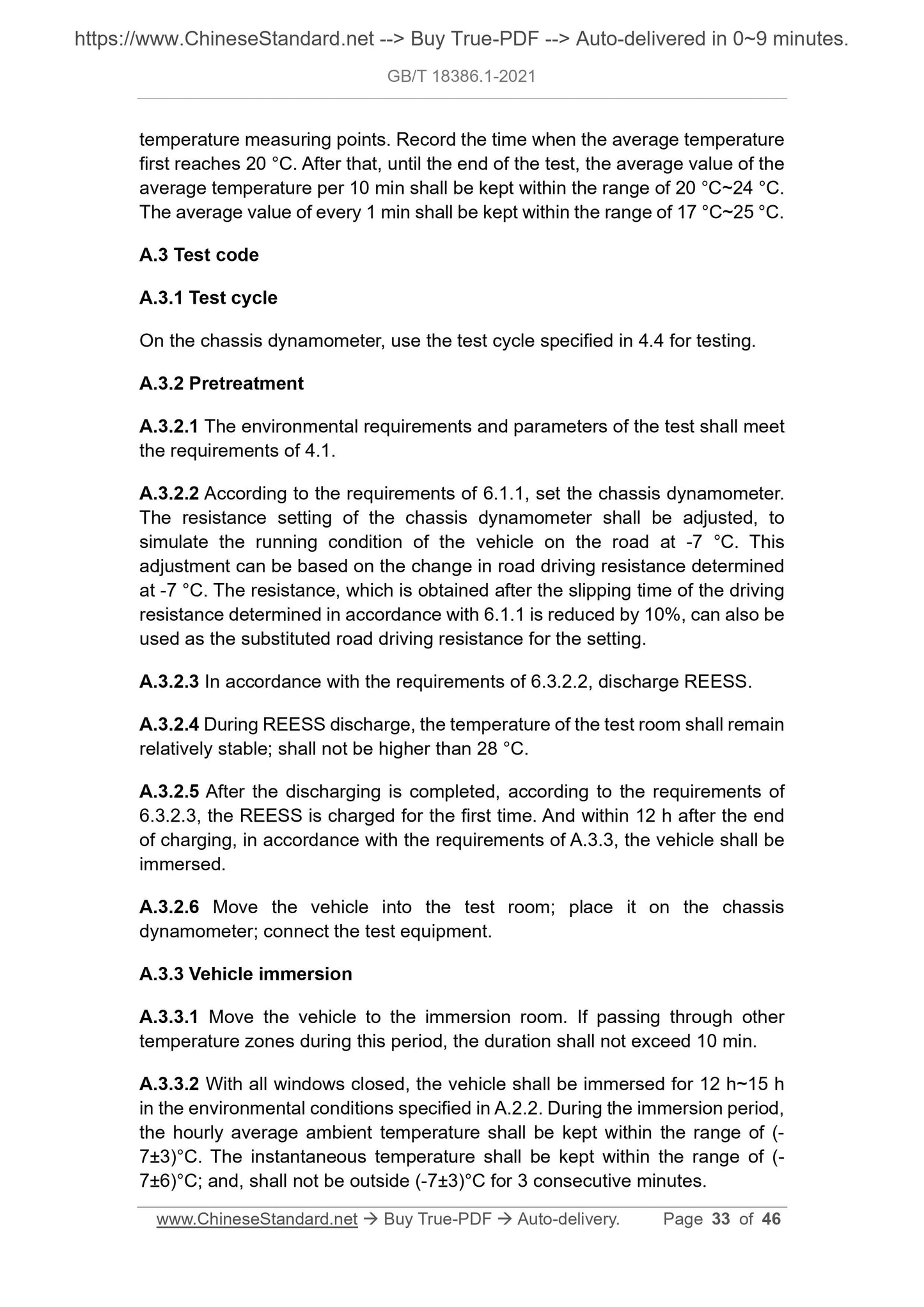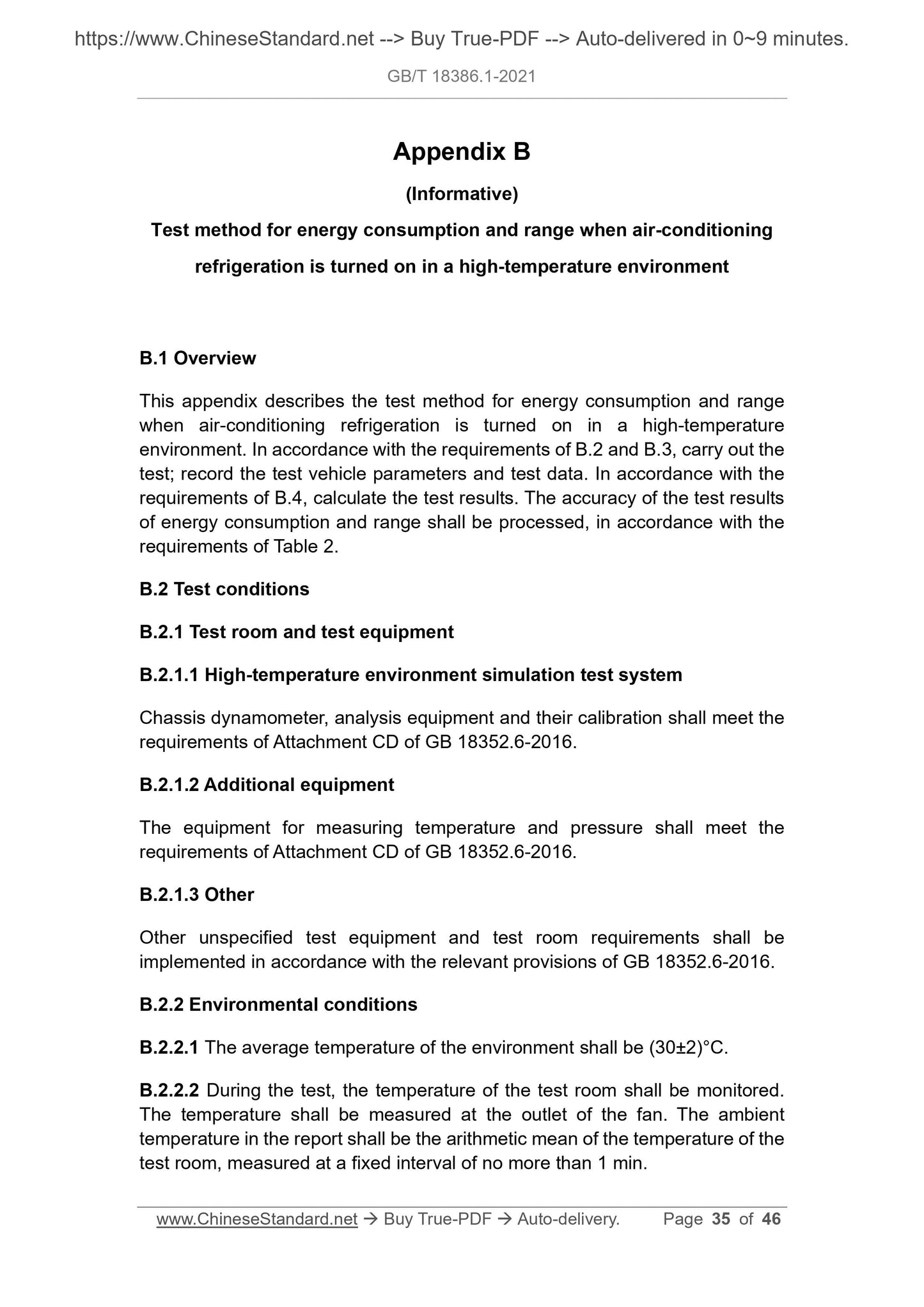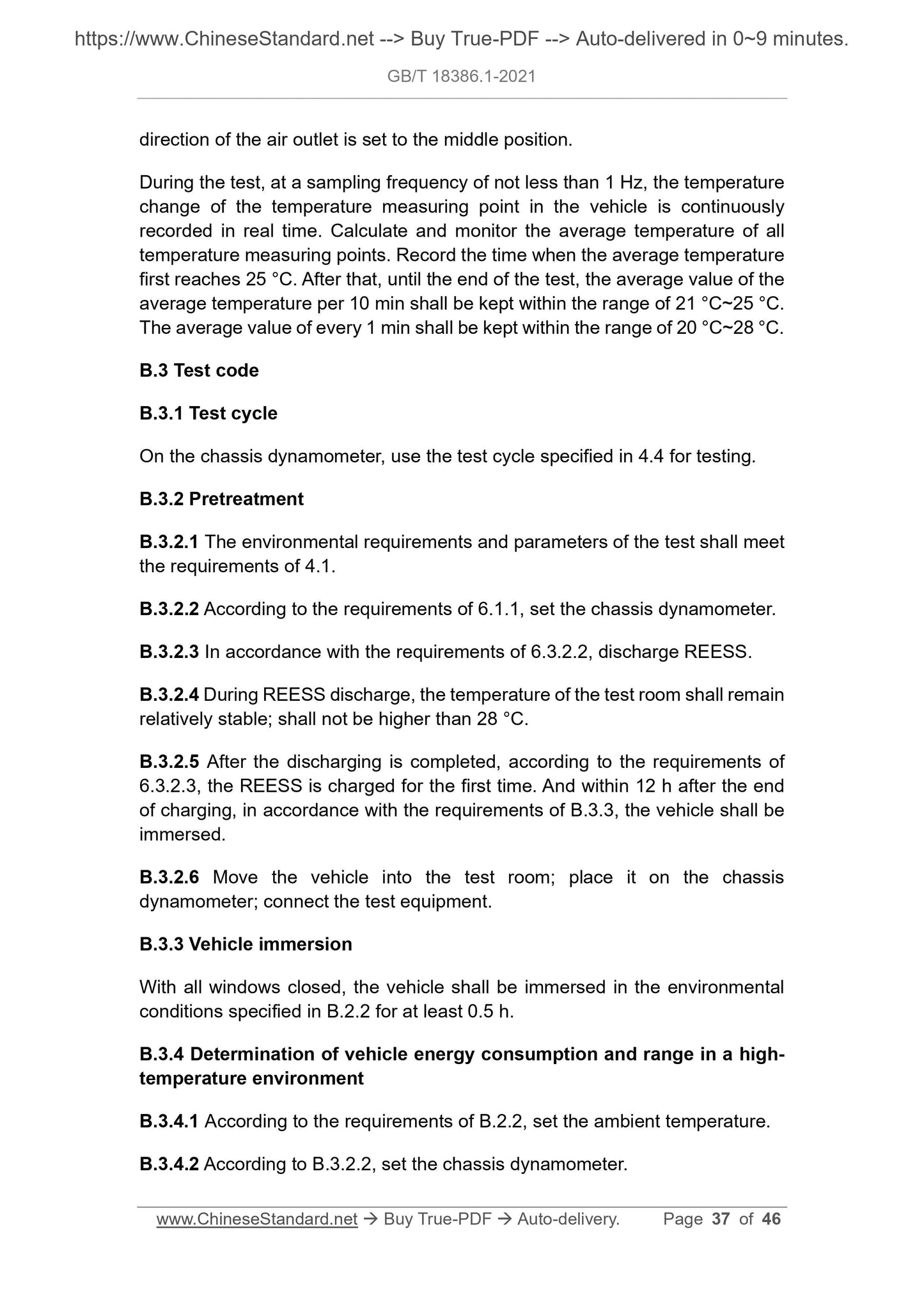1
/
of
12
www.ChineseStandard.us -- Field Test Asia Pte. Ltd.
GB/T 18386.1-2021 English PDF (GB/T18386.1-2021)
GB/T 18386.1-2021 English PDF (GB/T18386.1-2021)
Regular price
$435.00
Regular price
Sale price
$435.00
Unit price
/
per
Shipping calculated at checkout.
Couldn't load pickup availability
GB/T 18386.1-2021: [Including 2025XG1] Test methods for energy consumption and range of electric vehicles - Part 1: Light-duty vehicles
Delivery: 9 seconds. Download (and Email) true-PDF + Invoice.Get Quotation: Click GB/T 18386.1-2021 (Self-service in 1-minute)
Newer / historical versions: GB/T 18386.1-2021
Preview True-PDF
Scope
This document specifies the test methods for energy consumption and range ofpure electric vehicles.
This document is applicable to category N1 vehicles; categories M1 and M2
vehicles with the maximum design total mass not exceeding 3500 kg.
Categories M1 and L5 vehicles with a maximum design total mass of more than
3500 kg may refer to it for implementation.
Basic Data
| Standard ID | GB/T 18386.1-2021 (GB/T18386.1-2021) |
| Description (Translated English) | Test methods for energy consumption and range of electric vehicles - Part 1: Light-duty vehicles |
| Sector / Industry | National Standard (Recommended) |
| Classification of Chinese Standard | T47 |
| Word Count Estimation | 26,223 |
| Issuing agency(ies) | State Administration for Market Regulation, China National Standardization Administration |
Share
